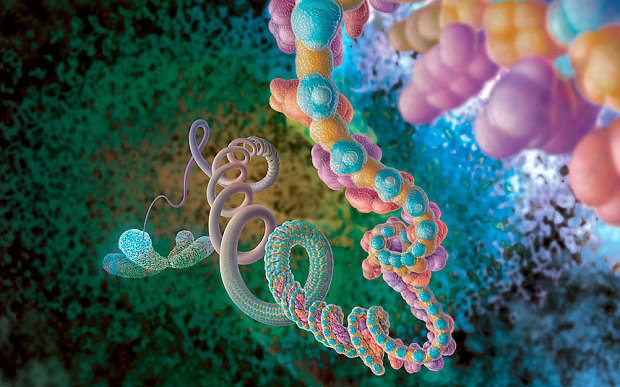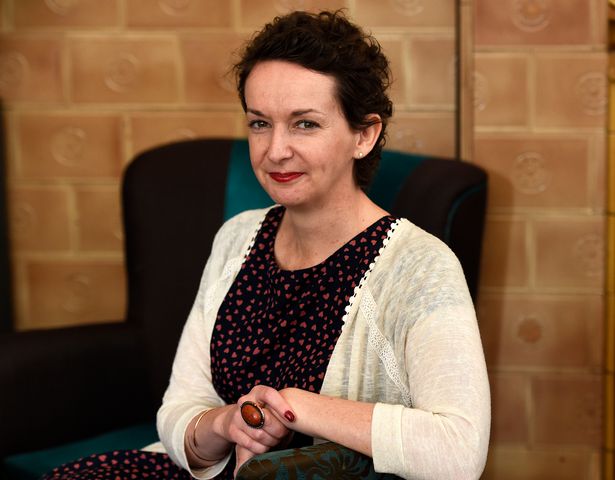Just when science concluded on cancer as disease to be managed and not cured, 2015 Nobel prize winners for Chemistry may have changed the game.
Tomas Lindahl, an emeritus director of cancer research at Clare Hall Laboratory in the United Kingdom; Paul Modrich of Howard Hughes Medical Institute and Duke University School of Medicine; and Aziz Sancar from University of North Carolina, Chapel Hill, USA, won the prize for chemistry on Wednesday.
According to a recent study by the Harvard and Northwestern University, tiny but significant changes are already happening in the body more than a decade before cancer is diagnosed, hence predicting the disease 13 years ahead.
But the trio, changing the face of history, won the award for their groundbreaking research on the “mechanistic studies of DNA repair”. It highlights the cell’s toolbox for DNA repair.
Advertisement
The Royal Swedish Academy of Sciences said the three were awarded “for having mapped, at a molecular level, how cells repair damaged DNA and safeguard the genetic information”.
“Their work has provided fundamental knowledge of how a living cell functions and is, for instance, used for the development of new cancer treatments,” the academy said.
“The Nobel Prize in Chemistry 2015 awards three pioneering scientists who have mapped how several of these repair systems function at a detailed molecular level.
Advertisement
The academy added that their work on DNA repair “not only deepened our knowledge of how we function, but could lead to the development of life-saving treatments”.
Up until 1970, the DNA was thought to be a stable molecule, but Lindahl found that it decayed at a rate that seemed incompatible with human life, realising that there must be a repair mechanism.
“Once there is damage in the DNA, this can cause diseases including cancer,” said Lindahl who is opening a new field for cancer prevention and treatment.
Sancar mapped nucleotide excision repair, the mechanism that cells use to repair UV damage to DNA, discovered a fact that the human cell also utilises nucleotide excision repair to correct defects caused by mutagenic substances, hence may be capable of correcting skin cancer defects.
Advertisement
On the other hand, Modrich demonstrated how the cell corrects errors that occur when DNA is replicated during cell division, a mechanism which reduces the error frequency during DNA replication by about a thousandfold.
Sweden’s Lindahl, America’s Modrich and US/Turkish national, Sancar would share 8 million crowns (N193.8m) – the prize money – equally.
The 2015 Nobel Prize for Physics was awarded to Takaaki Kajita and Arthur McDonald for their work on neutrinos, while Satoshi Ōmura, Tu Youyou, William Campbell, won the prize for physiology or medicine, for developing pioneering drugs against parasitic diseases.
Advertisement
Add a comment







